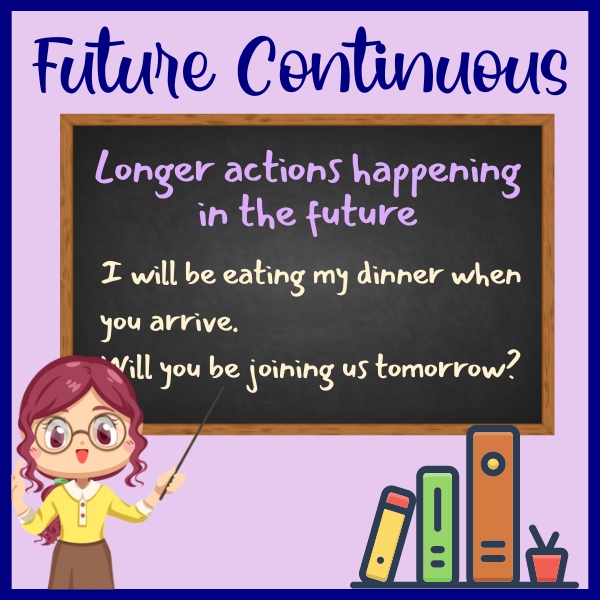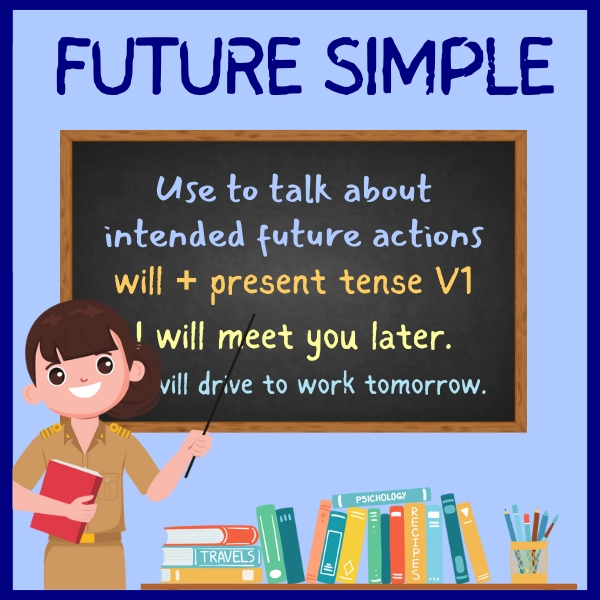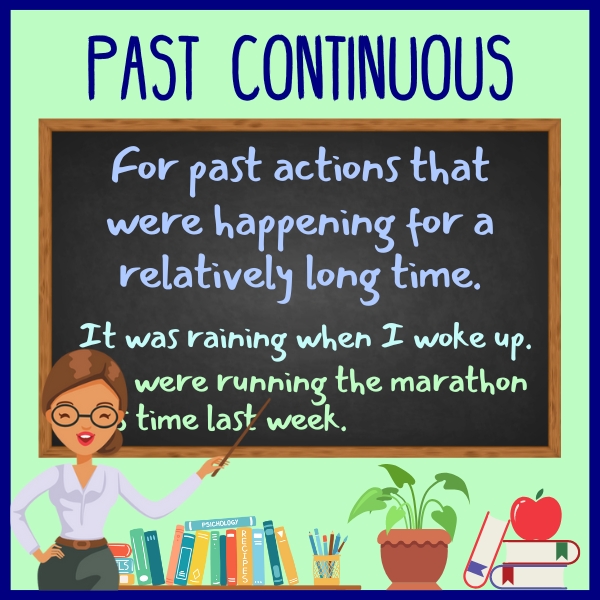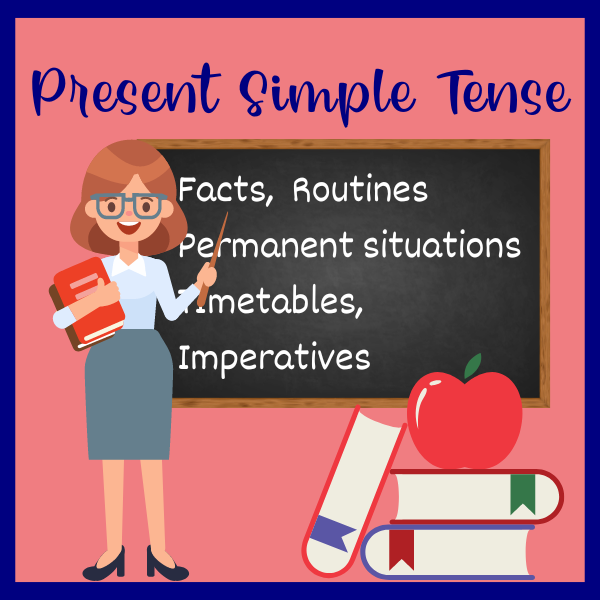Future Perfect Continuous
Future Perfect Continuous The Future Perfect Continuous tense is used to describe a continuous action that will be ongoing at a specific time in the future. It’s used with another clause which will include a verb or a prepositional phrase. To form the Future Perfect Continuous tense, we use the auxiliary verbs will have been … Read more











